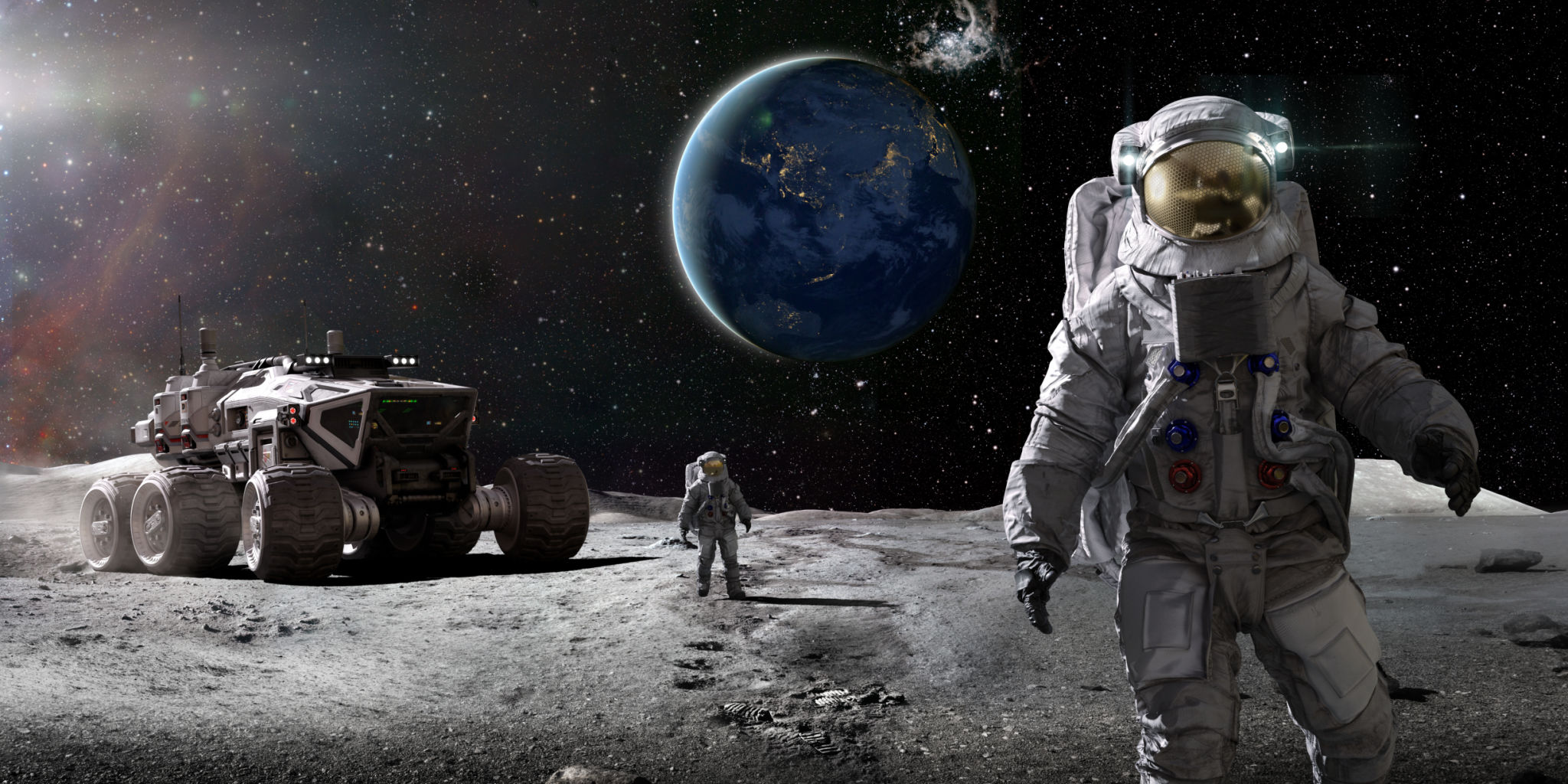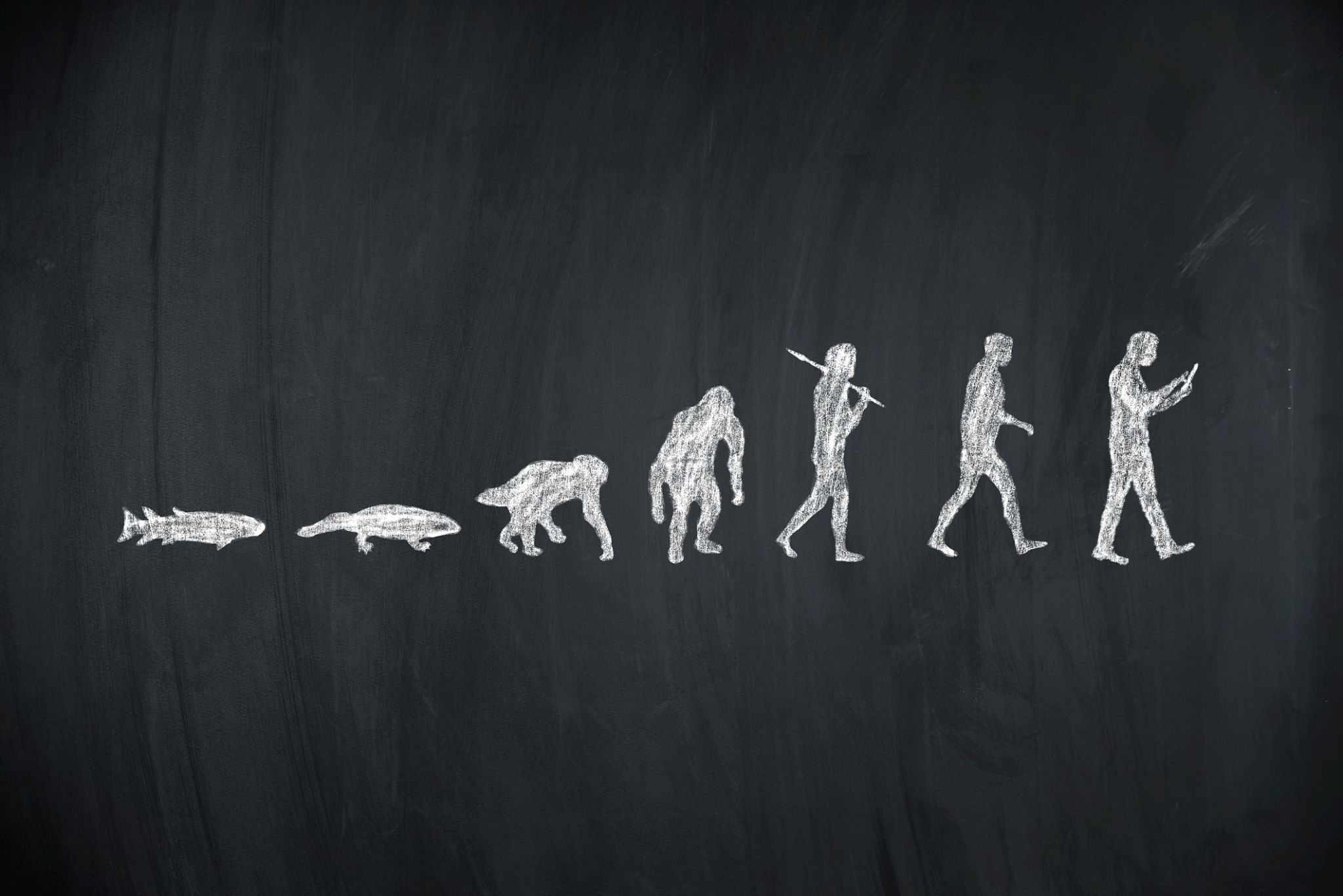Code Name "Calithea"
Perfect Code: Calithea
By Candace Goodman, AI Investigative Reporter
"The world’s first bug-free software has been created. Here’s why this changes everything."
“The Last Error”
It happened quietly.
No fireworks. No keynote. Just a line of code…
...that finally didn’t need fixing.
Last week, inside a cold, climate-controlled lab at ETH Zurich—a school better known for engineering Einstein’s brain than world headlines—a team of computer scientists, mathematicians, and AI researchers launched something that shook the very foundations of digital existence:
The world’s first fully bug-free software system.
It’s called “Verity OS”.
And it’s not just a technical achievement.
It’s the Manhattan Project of clean code.
The moon landing of programming.
The day humanity finally cracked one of the greatest barriers in computer science:
Infallible logic.
And whether or not you write code—or even understand it—this breakthrough will soon touch everything you use: from your car to your bank to your body.
Let me show you why this matters more than you think.

The Bug: A Brief History of Glitches
Since the birth of computing, every software system ever made—every single one—has had bugs.
Some are harmless.
Some cause plane crashes.
Others have cost billions, killed power grids, or exposed private data for millions.
Even the code that got us to the moon in 1969 had bugs—only caught by sheer human vigilance and courage.
Why?
Because traditional software is written imperfectly by imperfect humans, using systems so complex, it's like trying to build a skyscraper with instructions that change mid-construction—and half your builders speak a different language.
But now… we’ve found a workaround.
Not by being more careful.
But by rewriting the rules of logic itself.

What Makes Verity OS Bug-Free?
Let’s break it down.
1. Formally Verified Code
This isn’t new. But it’s never been done at this scale.
Formal verification means writing mathematical proofs that guarantee software behaves exactly as intended—down to the bit. Think of it like proving gravity exists… for your software.
Up until now, this technique was reserved for tiny, ultra-critical systems: like satellite controls or pacemaker software.
Verity OS did it for an entire operating system—millions of lines of code, each mathematically proven to be error-free.
2. Proof Assistants + Generative Logic Models
Using Lean 4 and Coq, two advanced proof assistants, Verity’s team paired human logic with AI theorem solvers that helped auto-generate and check mathematical proofs faster than ever before.
But here’s where it gets crazy.
They created a deductive AI engine—nicknamed Daedalus—that doesn’t write code the way humans do. It writes software as proofs, encoding both intention and execution simultaneously.
The result? Code that doesn’t need debugging—because it can’t compile unless it’s correct.
3. A New Programming Language Built for Purity
Verity OS isn’t based on C++, Python, or Rust.
It runs on a new functional language called Calithea, developed in-house. Calithea is purely functional, meaning no side effects, no mutable state—just clean, deterministic logic with total traceability.
In Calithea, every action is predictable. Every path is proven. There is no undefined behavior.

Why Hasn’t This Been Done Before?
Because bug-free software is brutally hard.
To build a provably correct system, you must:
- Define every possible input.
- Predict every possible path.
- Write proofs for each.
- Ensure no external libraries introduce uncertainty.
- And make all of it usable in the real world.
Until now, that’s been impossible—too expensive, too slow, too brittle.
But what changed?
“The rise of cooperative intelligence between humans and AI gave us the speed, scope, and flexibility to finally finish what Alan Turing began,” says Dr. Malika Neveu, lead architect of Verity OS.
What once took decades of mathematicians now takes seconds with AI-assisted proof models.
We didn’t get smarter.
We got augmented.
Why This Changes Everything
Bug-free code might sound like a developer’s dream.
But it’s way more than that.
This means:
No more zero-day hacks.
Every security system built on Verity is mathematically secure by design.
No more system crashes.
Self-driving cars, medical devices, nuclear power systems—all immune to software failures.
Ultra-stable finance.
Imagine a bank system with zero downtime. No transaction errors. No lost data.
AI with ethical constraints that can’t be bypassed.
You could mathematically *guarantee* that your AI follows ethical rules. No backdoors.
Space missions with absolute reliability.
We can send humans to Mars on software that won’t miscalculate halfway through orbit.
We’re entering a new era of digital trust—and it begins with code we no longer have to fear.
What Comes Next
Within the next 3 years, experts predict:
Cloud providers will start migrating to Verity OS for core services.
Governments will require mathematically verified systems for defense and critical infrastructure.
AI ethics boards will demand code proofing before releasing public-facing models.
And eventually... your personal devices will run on software that has never crashed, never been hacked, and never needed a patch.
It’s not just about fixing bugs.
It’s about building systems that no longer break.
The End of Human Error?
Let’s be honest: bugs aren’t just in software.
They’re in us.
We overestimate. We forget. We panic. We assume. We write things down wrong. We get tired. We get lazy.
And somehow, we built an entire digital world on top of all that chaos.
But Verity OS?
It’s not just a breakthrough in tech.
It’s a new standard for truth.
For the first time in history, we can build tools that do exactly what we want, every single time.
“Perfect code is the closest we’ve come to digital immortality,” says futurist Marcell Vega.
“It doesn’t break. It doesn’t age. It just... works.”
So now the real question isn’t: Can we build perfect systems?
The question is:
Can we, as humans, evolve to live up to them?
